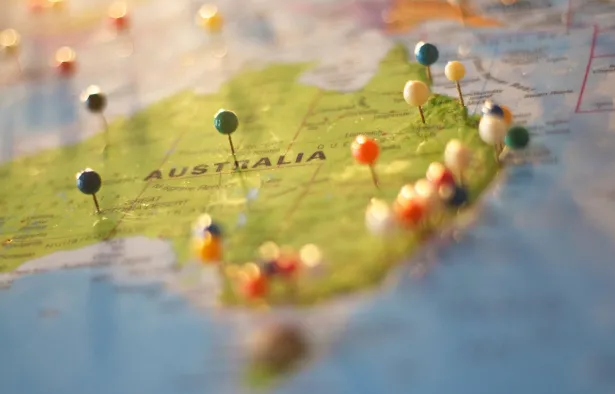Thinking of heading to Australia soon? If you’ve been dreaming of red deserts, wild coastlines, and laid-back cities, you’re not alone. But before you zip up your suitcase, there’s one thing most travellers don’t consider. It can make or break your entire trip.
Australia might look easy to explore, but it’s not the kind of place you just show up to without a plan. The country is vast, and if you’re not prepared, your trip could quickly become stressful, confusing, or even dangerous.
To enjoy your holiday without unexpected problems, you’ll need more than just sunscreen and a camera. A few wise choices before you land can save you a lot of trouble. And it starts with something many people forget: a proper map.
A Reliable Map Still Matters
Mobile reception often cuts out once you leave built-up areas. In the outback or national parks, coverage can be patchy or completely gone. Relying on a smartphone can quickly turn into a mistake when you’re far from help.
You need a physical map to navigate areas where technology lets you down. It shows rest stops, terrain types, fuel stations, and other information that digital maps often miss. Even small towns or road closures are easier to plan for when you can see the whole layout.
Many travellers now use maps specifically made for Australia’s remote and regional roads. If you’re after one that covers all the details, consider getting it from Australia’s largest Hema Maps supplier. These maps are widely trusted by road trippers, especially those heading into areas where few others go.
The Chart and Map Shop has options that go beyond highways and cities. Their range includes topographic details, 4WD tracks, and information on national parks. Having that with you makes travel feel more secure, especially in isolated zones where getting lost could be more than just inconvenient.
A Clear Travel Itinerary
Too many people land in Australia and plan their route on the fly. This can lead to missing out on essential sights or wasting precious time. A solid itinerary helps you move through your trip with less stress and more enjoyment.
Rather than planning every hour, aim for key stops each day. List where you’ll sleep, fuel up, and explore. Make sure it’s flexible enough to adjust when needed, but detailed enough to keep things moving.
It’s also wise to share your plans with a friend or family member back home. If anything goes wrong, someone knows your general route. This small step can offer a sense of security and peace of mind, knowing that someone is aware of your whereabouts.
Local Emergency Contacts and Info
Things can go wrong when you least expect them. You could hit a kangaroo at dusk, blow a tyre, or feel unwell in the heat. These situations become more serious if you don’t know who to call.
Always carry local contact numbers for the areas you’re travelling through. Include roadside assistance, nearby hospitals, police stations, and your country’s embassy or consulate. Even jotting these down in a notebook can make a difference when your phone doesn’t work.
Download or print any health advice or warnings for the regions you’ll be in. In Australia, heatwaves, fires, and floods can change plans quickly. Being informed keeps you safe and saves valuable time.
A Proper Vehicle Check
Before setting out, your vehicle needs a complete check-up. Don’t assume a rental is in perfect condition or that your own car is ready for long stretches across open land. What works fine in the city may struggle in dusty or rocky terrain.
Start with tyre pressure, fluid levels, and battery condition. Add a spare tyre, jack, a basic toolkit, and jumper leads. If you’re going into remote areas, a satellite phone or UHF radio is worth considering too.
Driving in Australia often means hundreds of kilometres without any petrol station or mechanic in sight. One mechanical failure can leave you stuck for hours or even longer if you’re not ready.
Supplies for Long Drives
Australia’s long roads can be beautiful, but they’re also empty. Between major stops, you might drive for hours without seeing a shop or service station. That’s why packing the right supplies isn’t optional; it’s essential.
Bring more water than you think you’ll need. Heat can dehydrate you quickly, especially in desert regions. Pack shelf-stable snacks that won’t spoil in a hot car and make sure your fuel tank stays above half.
Don’t forget extras like wet wipes, rubbish bags, a basic first aid kit, and a paper notebook with your travel details. These small things might seem minor, but they can become crucial in the middle of nowhere. Think of them as tools to make your journey smoother and safer.
Final Thoughts
Travelling around Australia is something you’ll never forget, but it’s easy to underestimate how much planning it takes. With long distances, remote roads, and unpredictable conditions, having the right tools can make or break the journey.
A solid map, a thoughtful plan, and a few essentials give you the freedom to explore without stress. Grab what you need early so you’re ready the moment your trip begins.
